Pork in grapefruit leaves and local sticky rice cake: Muong delicacy
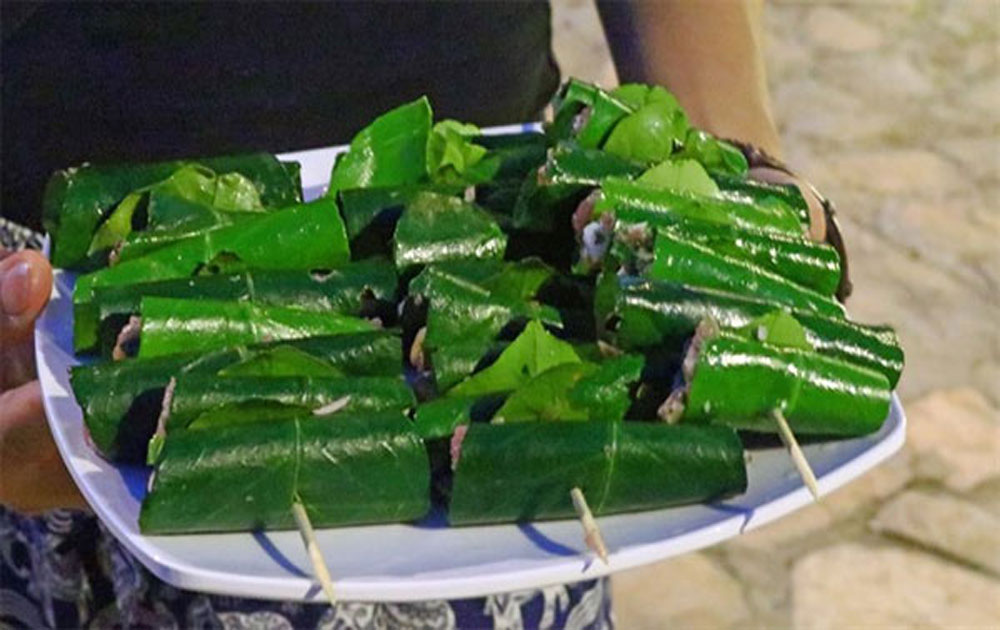 |
|
Unique: Cha |
The dish, known as cha
The most important ingredient for this dish is the pork made from one of three pig species raised by the Muong. They are not kept in pigsties but allowed to roam freely in the forest. The recipe calls for the grapefruit leaves to not be too young or too old and carefully washed before wrapping the pork.
 |
|
Aromatic: To make |
Thao reveals his family’s recipe. First, the pig belly is cut into small pieces. It is then mixed with pepper, minced onion, fish sauce, and glutamate. “It has also to be mixed with mac
Those two kinds of seed are typical and very important spices in Viet Nam’s northwestern mountainous regions for their special perfume and spicy taste.
The pork is then wrapped in grapefruit leaves, and then grilled over coal for about 30 minutes. The grapefruit leaves give off a perfumed smell.
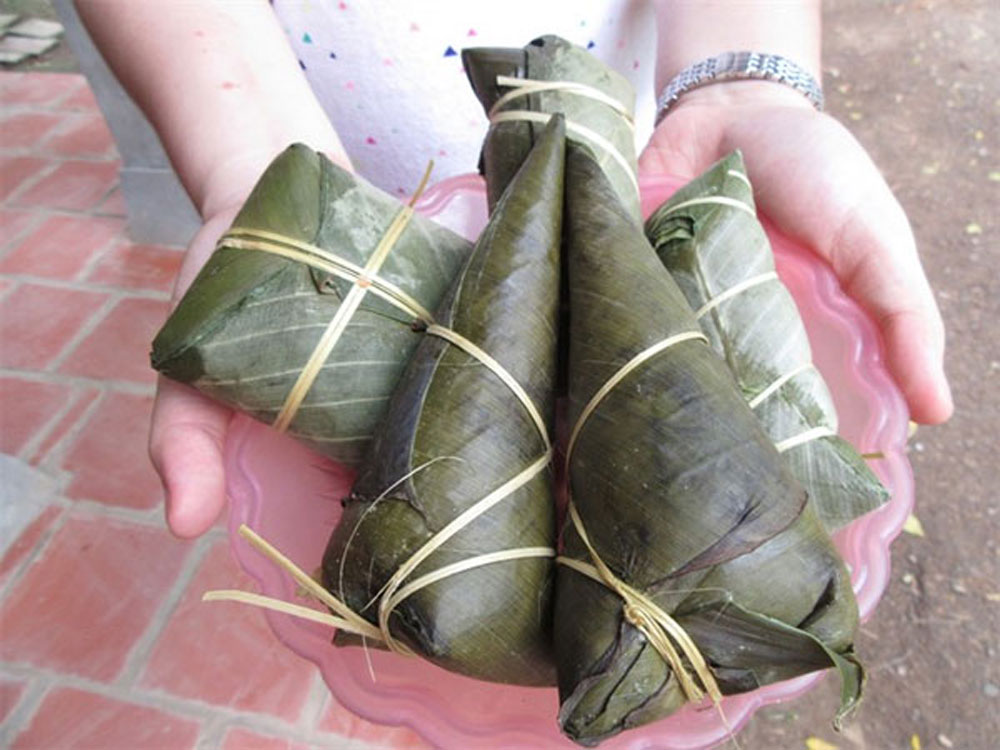 |
|
Amusing: The funny shape of the |
Thao explains that local people use grapefruit leaves because they can easily find them in the garden and they are big enough to wrap the pork pieces.
“We love this dish as it is delicious, simple to cook, and can cure diseases. We use those grapefruits leaves to cure fever, and headache,” he says.
At
However, there the recipe is somewhat different from the local traditional way.
The
Though it is not the same as the traditional version of Muong locals, this dish is very tasty.
Local sticky rice cake
Among various other local specialties, Thao is also proud of a kind of cake made from sticky rice. It is named
Twice a week, family evenings are spent on preparation of this cake.
Local people call it
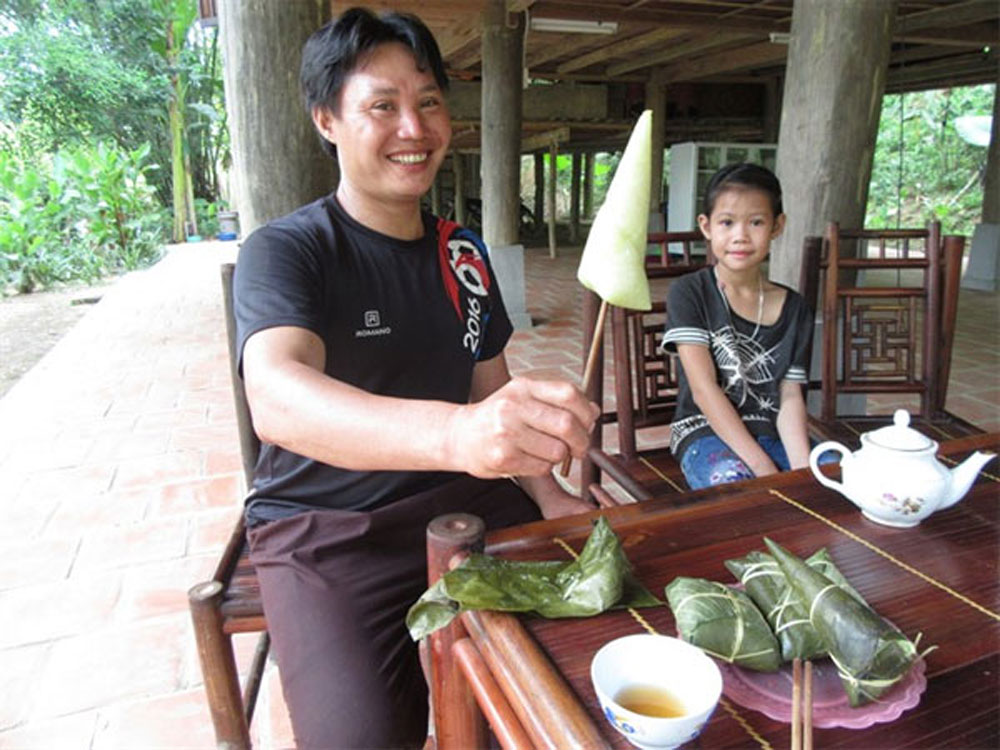 |
|
Tradition: Bui Van Thao’s family has been making |
Thao explains that his family makes this cake for festive occasions, too, but for daily consumption, he makes this cake in a very simple way. He takes sticky rice wrapped in banana leaves and then boils it in water for two to three hours.
On festive days the banana leaf is also stuffed with mashed green beans and pork, in addition to the sticky rice.
Its taste resembles that of
“We make the cake in different forms, we can also make it square shaped. But this cake is most known in the region in the shape of a cone snail. My little daughter loves it,” he says, smiling while sitting in his wooden house on stilts and watching his daughter enjoy the local delicacy.
Source: Bach Lien/VNS
 Bắc Ninh
Bắc Ninh

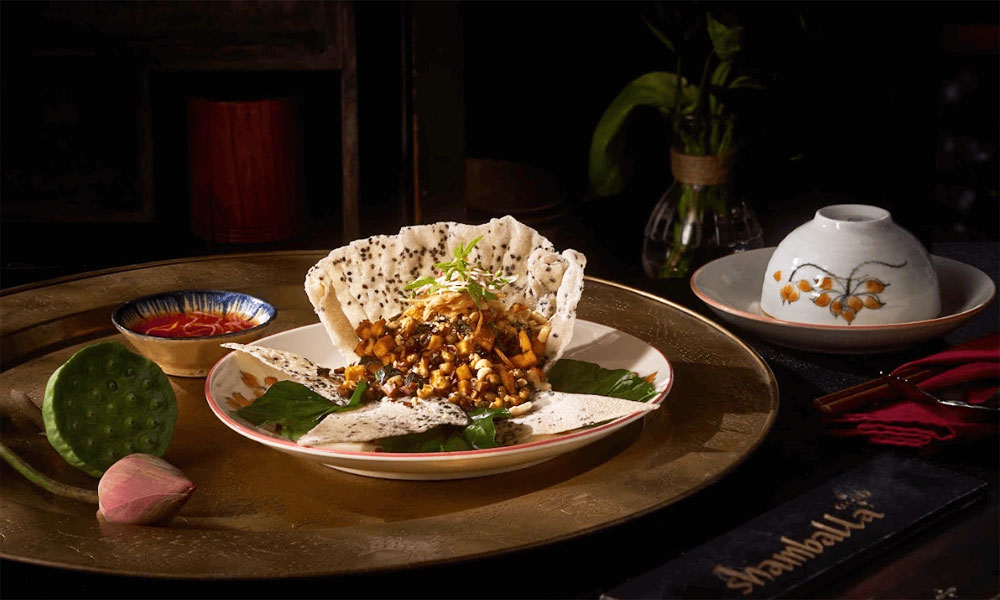
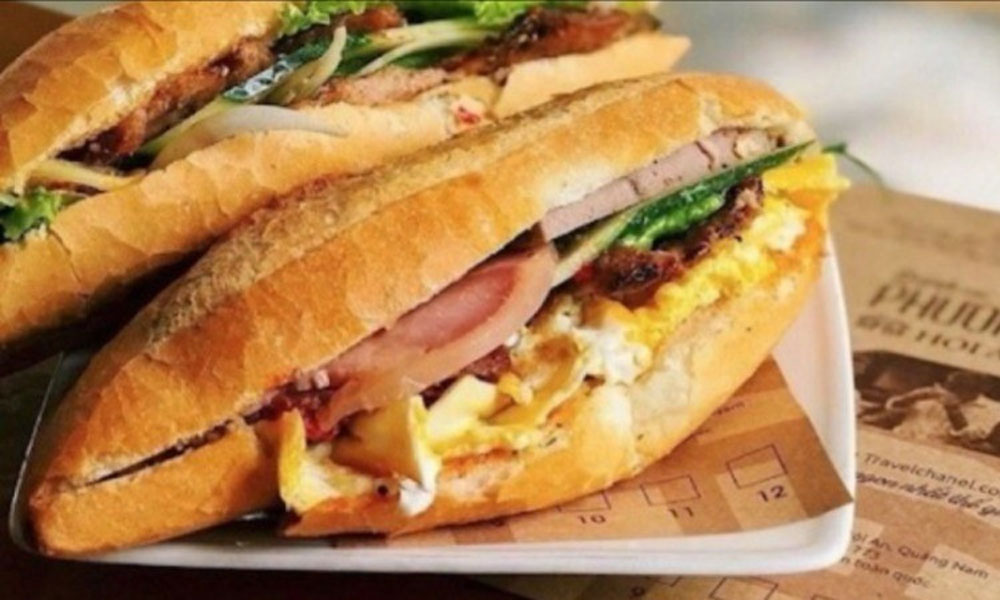
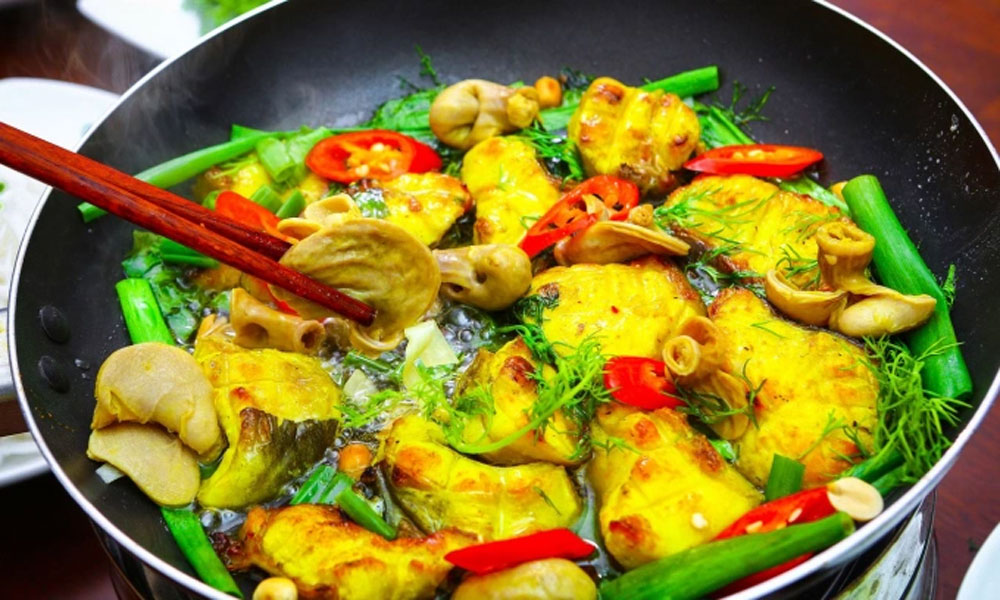
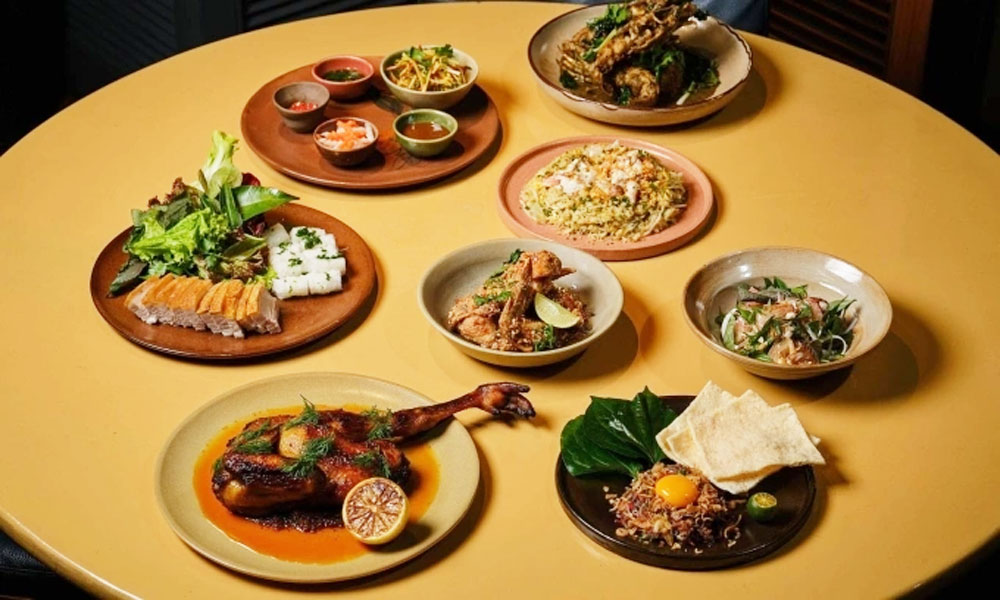


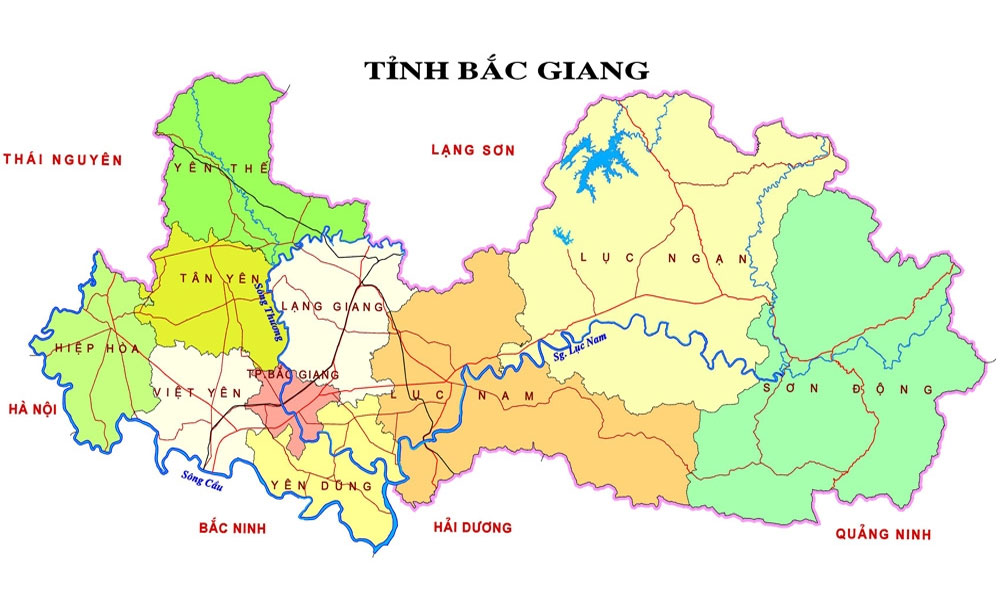


Reader's comments (0)